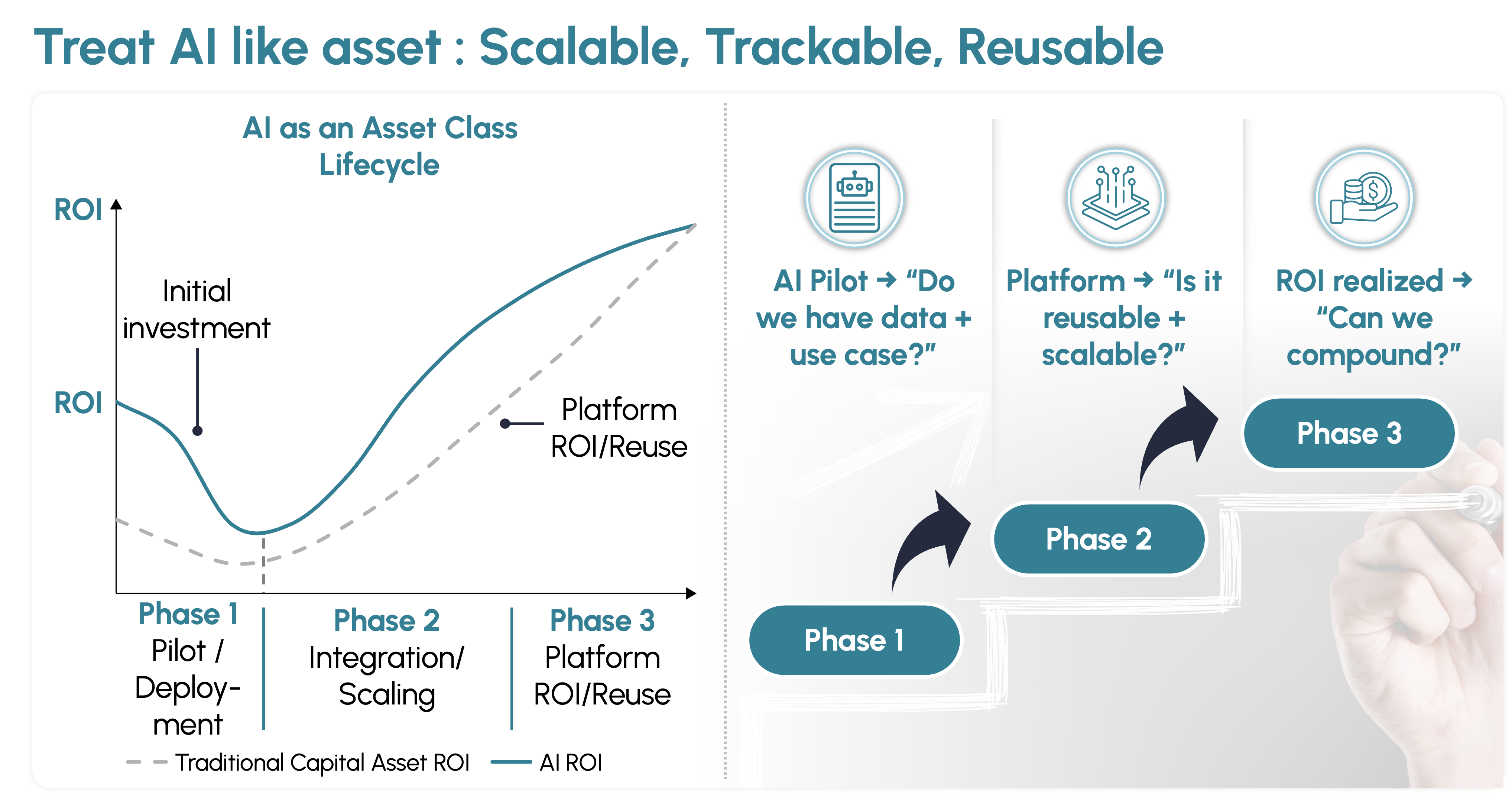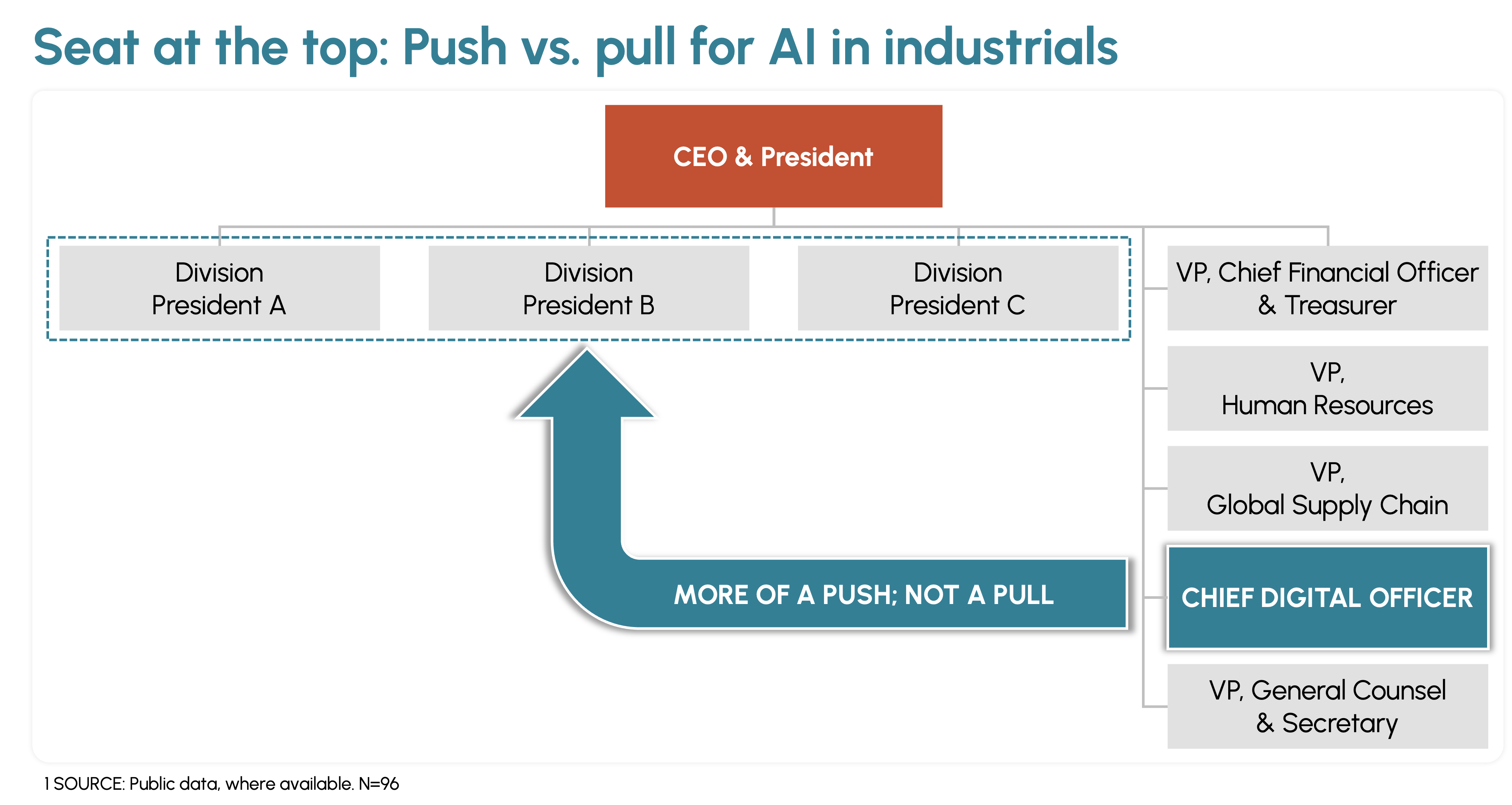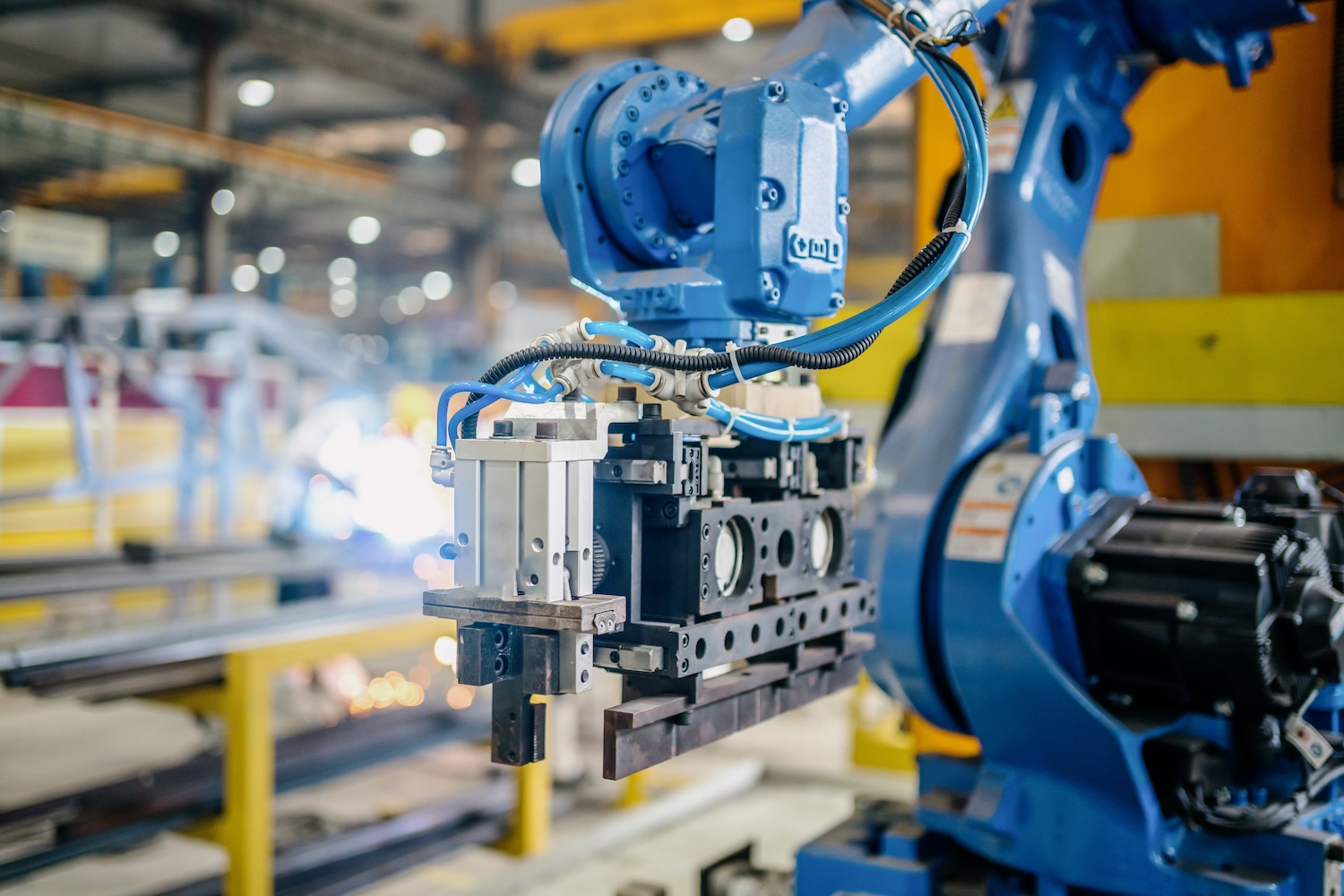AI has transitioned from hype to high impacting industrials. While sectors like finance and tech scale fast, most industrial firms remain trapped in fragmented pilots and siloed data systems. Yet leaders like Caterpillar, ABB, Schneider Electric, and Micron have moved beyond experimentation to deliver real ROI—accelerating time-to-market, preserving domain knowledge, improving yield, and reducing downtime. The opportunity is vast but requires strategic integration rather than tactical deployment.
Unlike tech and financial services, industrials face structural barriers—legacy IT systems, narrow pilots, limited organizational readiness—which prevent AI from becoming a core capability.Rather than isolated solutions, AI must be treated like a capital asset:scalable, embedded across functions, and backed by rigorous ROI frameworks.Only then can AI shift from isolated wins to sustained transformation.
Industrials can adopt a practical playbook, structured around three pillars:
- Avoiding Pilot Traps - common errors that derail initiatives (e.g., deploying AI without clear use cases or clean data).
- Treating AI as a Capital Asset – applying investment discipline akin to manufacturing capex decisions (Exhibit 1)
Exhibit 1

- Unlocking Value via Data, Use Cases & Org Design – focusing on clean data, scalable use cases, and reorganizing (Exhibit 2) to embed AI into strategy
Exhibit 2

Together, these frameworks offer industrial leaders a path to scale AI from experimentation to enterprise advantage. AIisn’t optional, it’s baseline capability. For industrial firms willing to invest and lead, sustainable ROI is not only possible, it’s repeatable.





















